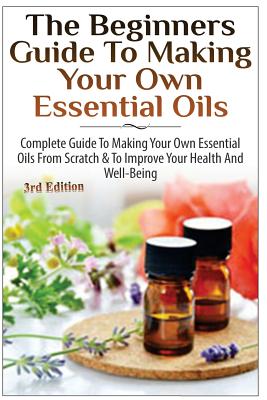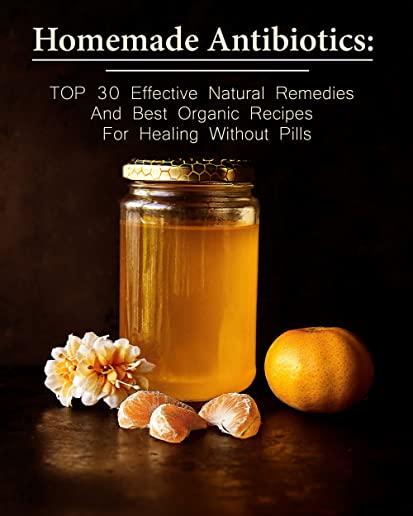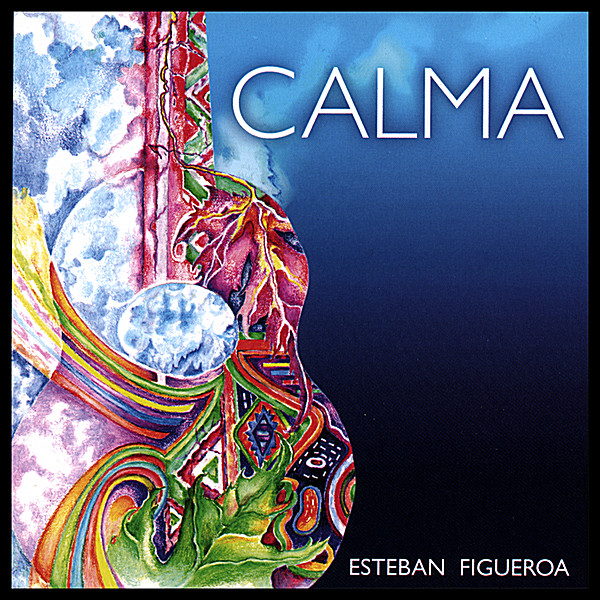
Banda, Lucelia
product information
description
e been indispensible for human health and healing. The home was primary and usually the only line of protection against disease in ancient civilizations. Families depended on a great body of information handed down through the years regarding the medical qualities of herbs, plants, and other natural compounds. For example, the Ebers Papyrus, which dates back to 1550 BCE, provides hundreds of treatments including directions on the use of herbs such garlic and juniper for treating a range of diseases in Ancient Egypt. Likewise, with almost 2,500 years of experience, Traditional Chinese Medicine (TCM) stresses the need of herbs and natural components in its therapies. Published in the 16th century, Li Shizhen's compendium of Materia Medica records thousands of therapeutic ingredients applied in TCM. Herbal treatment was also rather important for the ancient Greeks and Romans in Europe. Often credited as the father of medicine, Hippocrates promoted the use of natural remedies for illness treatment. His writings established the basis for the Middle Ages' flourishing herbal knowledge, especially in monasteries where monks painstakingly maintained therapeutic gardens. Long using the therapeutic qualities of native flora, indigenous tribes all throughout Asia, Africa, and the Americas Deeply ingrained in centuries of observation and experience, these ancient techniques created the cornerstone of what we now know as home apothecaries. Using plants and natural materials to heal both physical and spiritual diseases, healers and shamans in ancient civilizations often fulfilled several functions as doctors, chemists, and spiritual guide. Making and using natural remedies can have therapeutic effects on mental and emotional levels alone. Whether it's a fragrant ointment or a relaxing tea, making a remedy can be a deliberate and peaceful past time. By means of this practical approach to selfcare, mental and emotional wellbeing can be enhanced as well as one feels accomplished and relaxed.
member goods
No member items were found under this heading.
Return Policy
All sales are final
Shipping
No special shipping considerations available.
Shipping fees determined at checkout.







